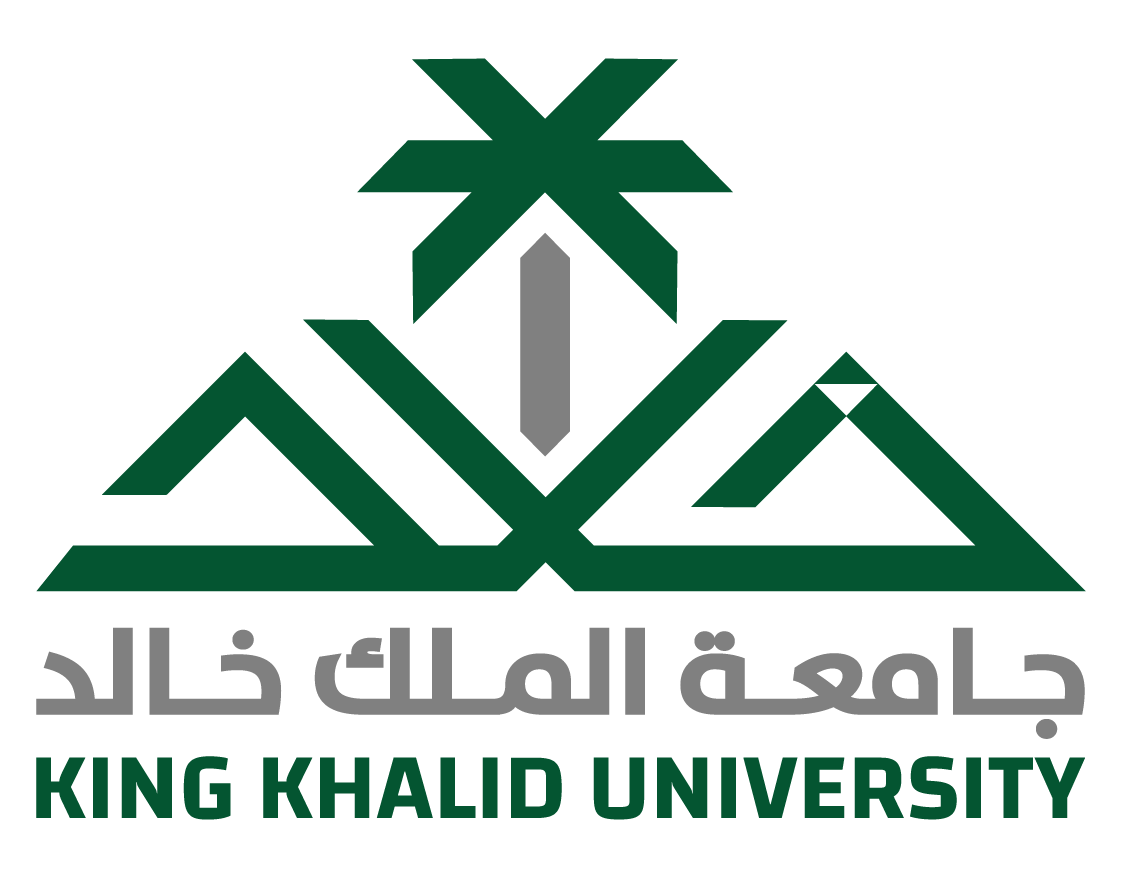Abstract
The genus Aspergillus is an important Ascomycota. The species Aspergillus flavus is a phytoparasitic fungus that produces toxic and carcinogenic chemicals compounds called aflatoxins in the infected tissues where these compounds in the contaminated foods and feeds harming both human and animal health. In this study, 57 food/feed products were collected from 9 different locations in Aseer region, KSA. A total of 97 fungal isolates were isolates from the collected samples, 93 of them were identified as A. flavus based on their cultural and microscopic characteristics. Seven isolates (Af3, Af22, Af23, Af24, Af26, Af45 and Af48) were selected and confirmed using sequences of ITS1–5.8s–ITS2 rDNA region and phylogenetic analyses, the 7 sequences of the isolates were deposited in the GenBank under the accession numbers of KU561932, KU561933, KU561934, KU561935, KU561936, KU561937 and KU561938, respectively. RAPD-PCR analysis of the 7 isolates using 5 primers OPA-2, OPA-3, OPA-9, OPA-11 and OPA-15, produced polymorphic DNA bands of 16, 48, 33, 2 and 1, respectively, their size in ranged between 130 bp to 1450 bp, whereas no monomorphic bands observed between all A. flavus isolates. The RAPD analyses and phylogenetic showed that the isolates collected from Al-Souda (Af3) and Khamis Mushayt (Af45) were clustered in two most different clades to each other. The biological control of the 7 selected A. flavus isolates using three locally isolated yeasts (Candida davisiana, Rhodotorula graminis and Exophiala dermatitidis) was assessed. The results on solid media demonstrated that the three yeast strains inhibited all tested A. flavus isolates. The inhibition of the radial growth of A. flavus on the solid media ranged from 22.9 % to 64.0 %. The most effective yeast strain was R. graminis. The results of biological control in the liquid media indicated

